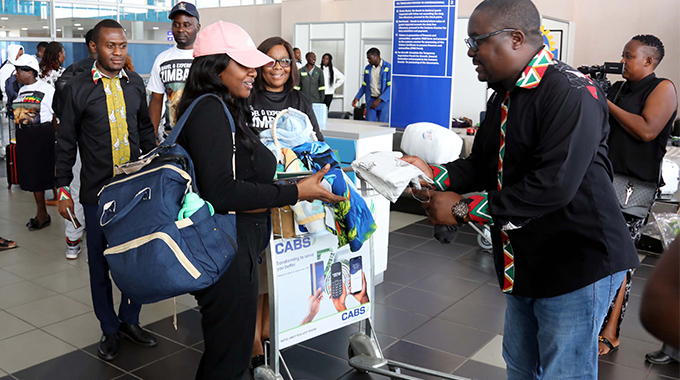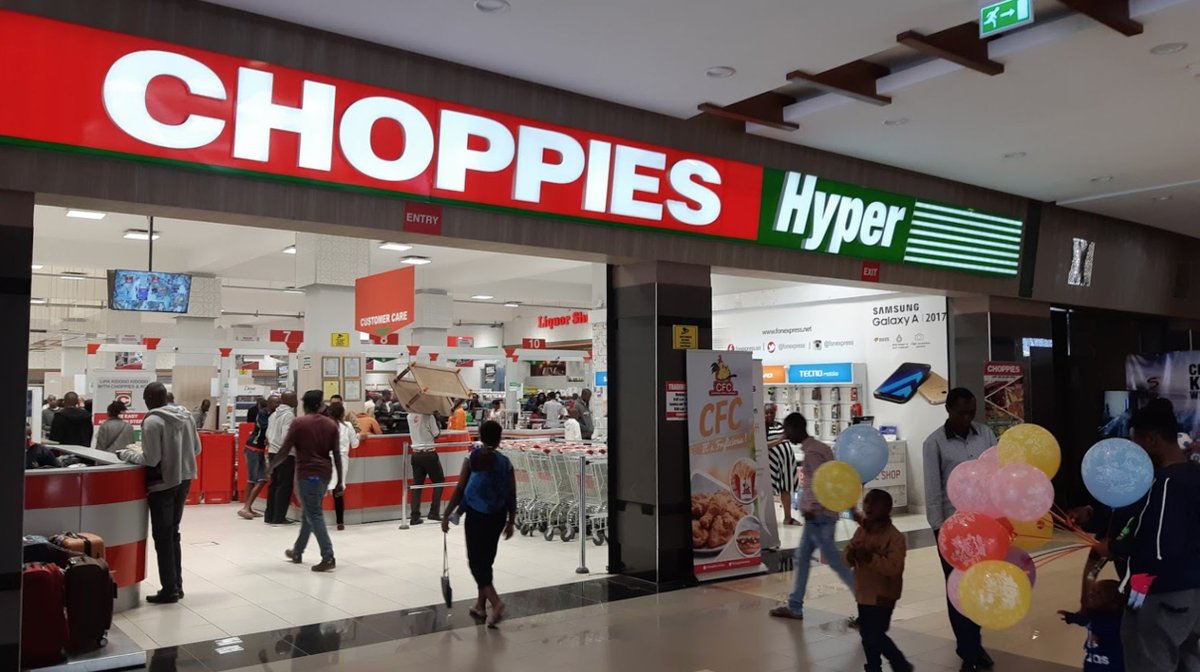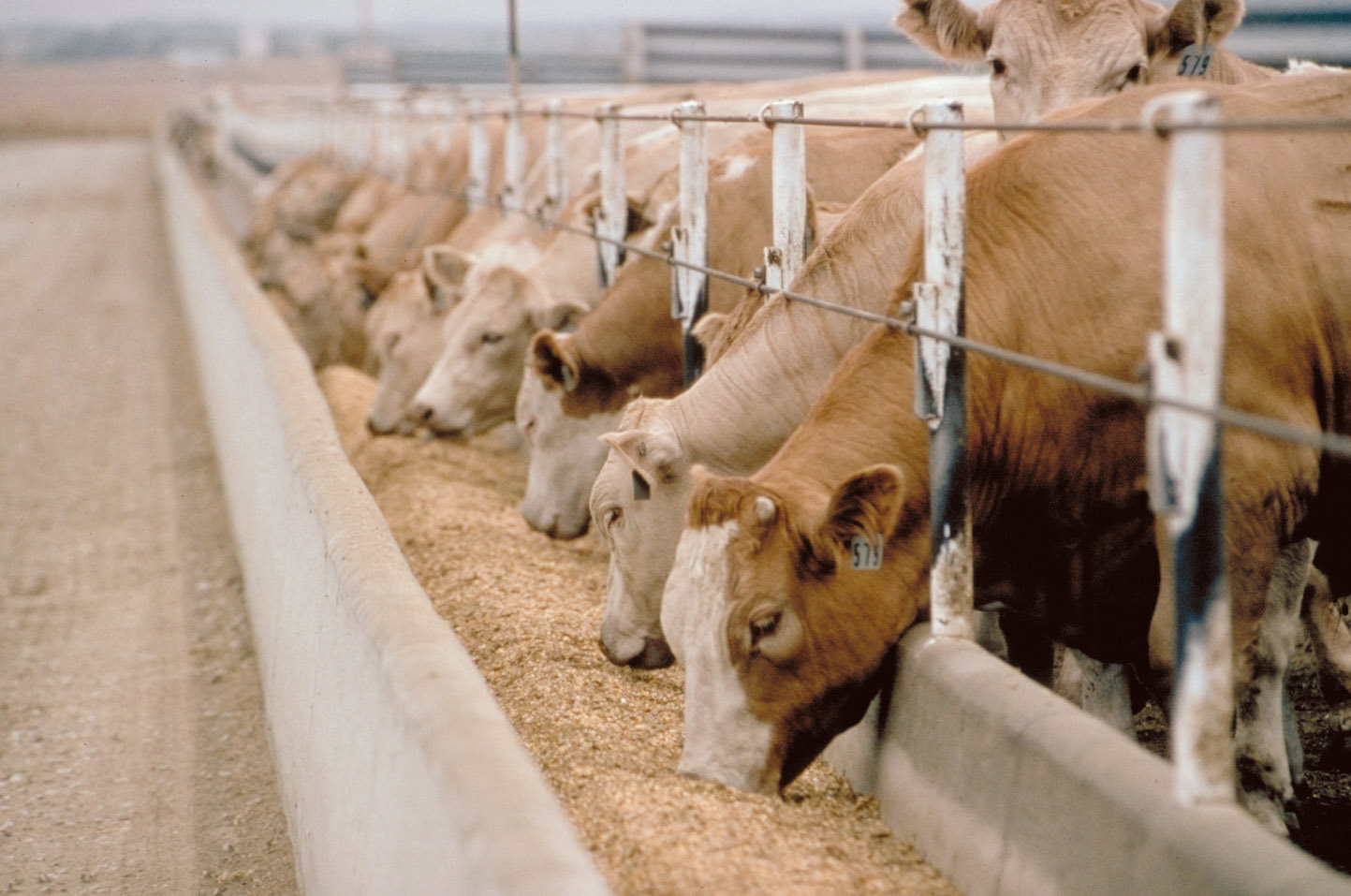Livestock sector exhibits potential to drive economic growth
Zimbabwe’s livestock sector is positioned to take a leading role in the national inclusive transformation agenda as the country targets to attain an upper middle income economy by 230, a Government official has said.
Underpinned by agriculture and mining, the Government has set a national vision of an upper middle income economy by 2030.
Speaking during the launch of the resilient African feeder and fodder systems project (RAFFS Project) in Harare yesterday, Lands, Agriculture, Fisheries, Water and Rural Development Deputy Minister, Vangelis Haritatos, said the smallholder system in agriculture had potential to grow and become the mainstream of the livestock sector’s performance indicator.
“In Zimbabwe, the livestock sector is positioned to take a key role in the current national inclusive transformation agenda towards attainment of the vision agenda 2030.
“The Food Systems and Rural Transformation strategy emphasises on building synergies between health and nutrition, inclusive livelihoods, environmental sustainability and food system resilience,” he said.
Livestock and livestock products contribute significantly to the economy of Zimbabwe, with cattle accounting for 35-38 percent of the Gross Domestic Product (GDP) contributed by the agriculture sector.
It is estimated that up to 45 percent of rural households’ own cattle, 60-80 percent own goats, while over 80 percent own chickens.
“The importance of livestock in rural livelihoods and food security lies in the provision of meat, milk, eggs, hides and skins, draught power and manure,” said Deputy Minister Haritatos.
The RAFFS project is an initiative of the African Union aimed at assisting member states to understand the effect of recent and on- going global crises on the African feed and fodder systems.
“The RAAFS project dovetails well into the objectives and goals of our economic blueprint, National Development Strategy 1 (NDS1) and is in line with the Livestock Growth Plan, which was crafted to address the challenges bedevilling the livestock subsector.”
The growth of the livestock sub-sector has been characterised by low production and productivity as evidenced by low off take, low fertility, high mortality and morbidity, low carcass weight, poor quality and inability to effectively compete on export markets.
The Africa Union-Inter African Bureau for Animal Resources (AU-IBAR) and the Bill and Melinda Gates Foundation (BMGF) launched the project.
The project, also known as the evidence-driven short-term solutions to build resilience and address the adverse effects of crises on African feed and fodder systems, will contribute to understanding the effect of Covid -19, climate change shocks and the conflict between Russia and Ukraine on the African feed and fodder systems.-ebusinessweekly











